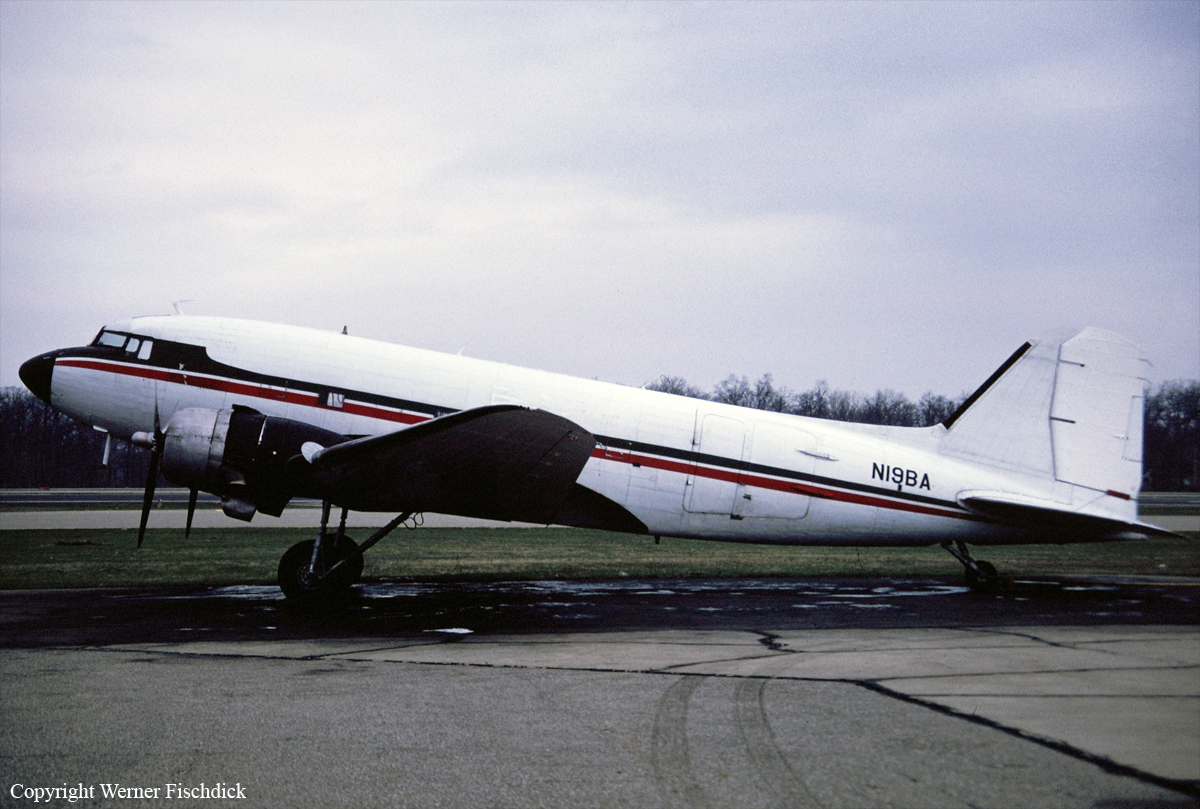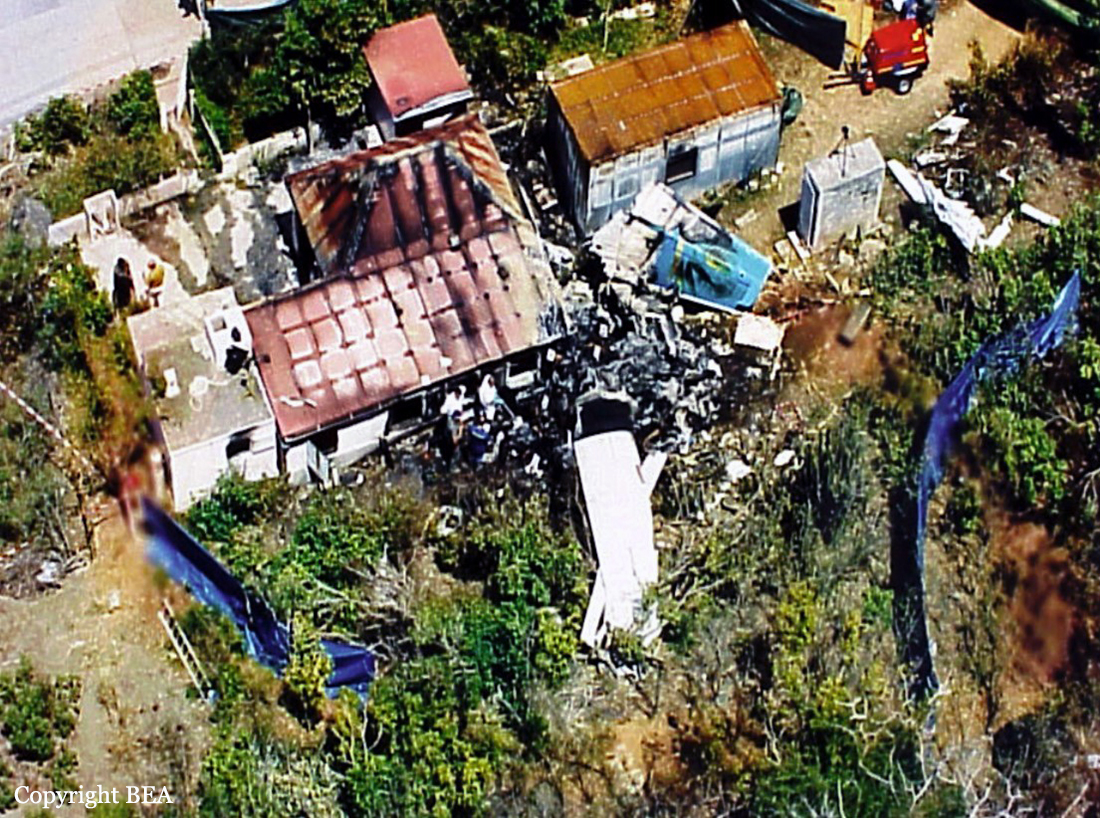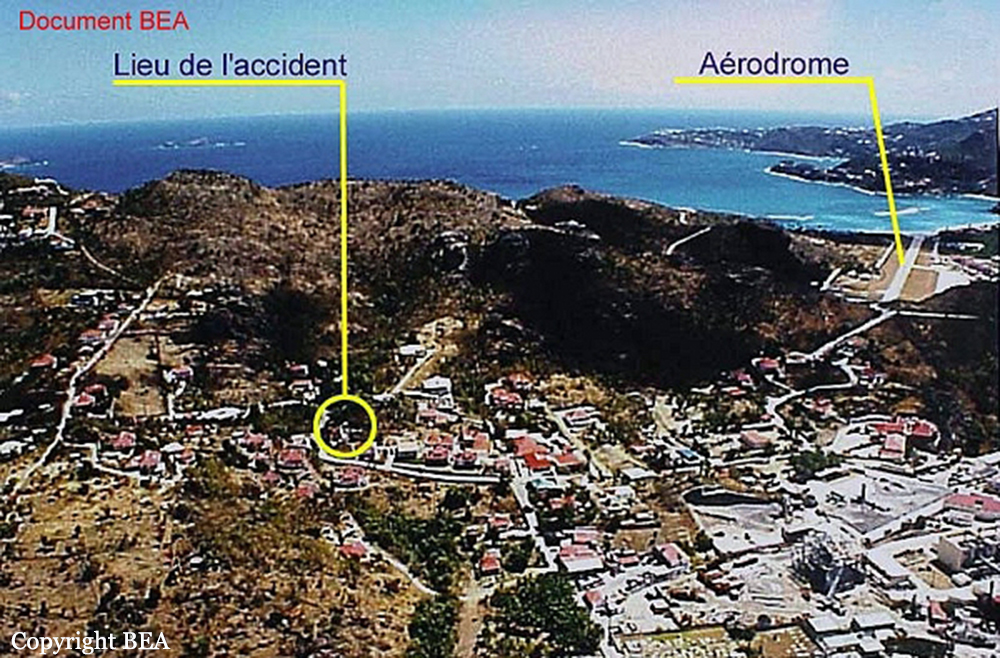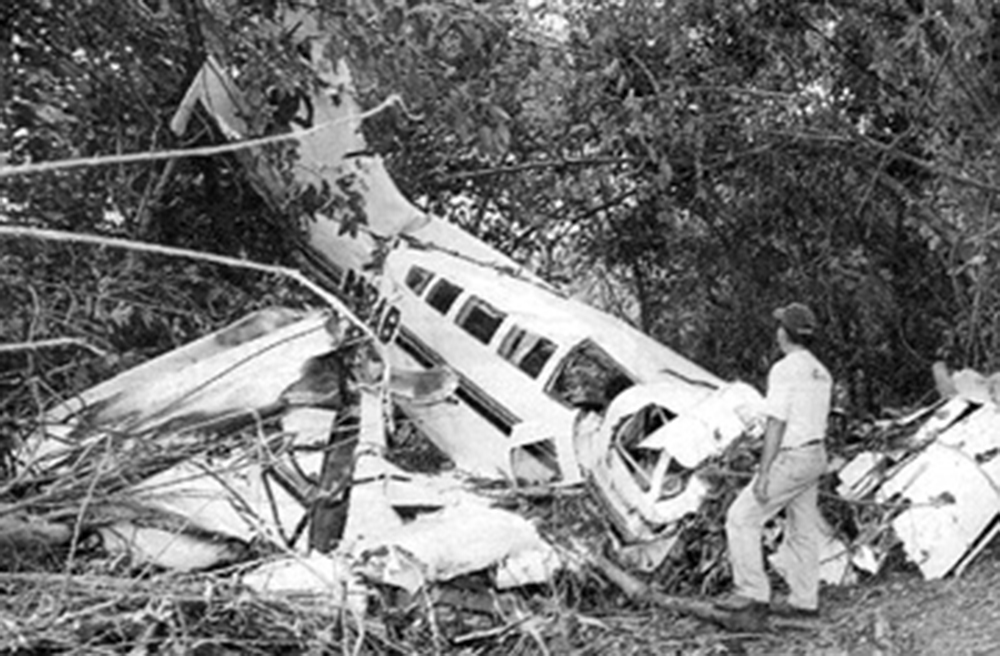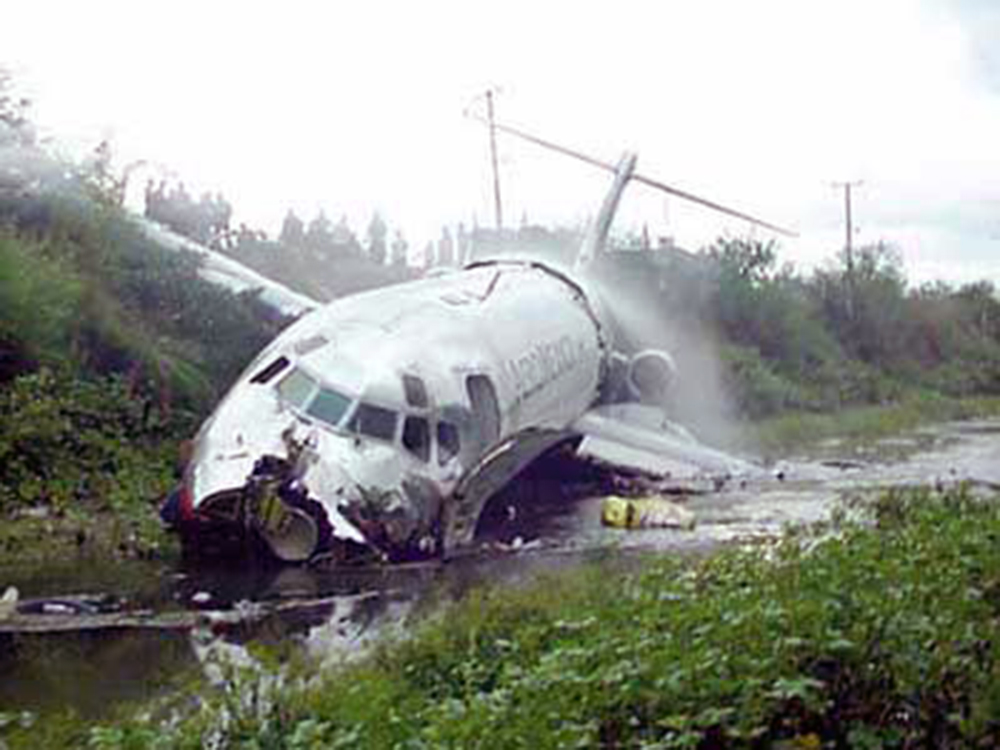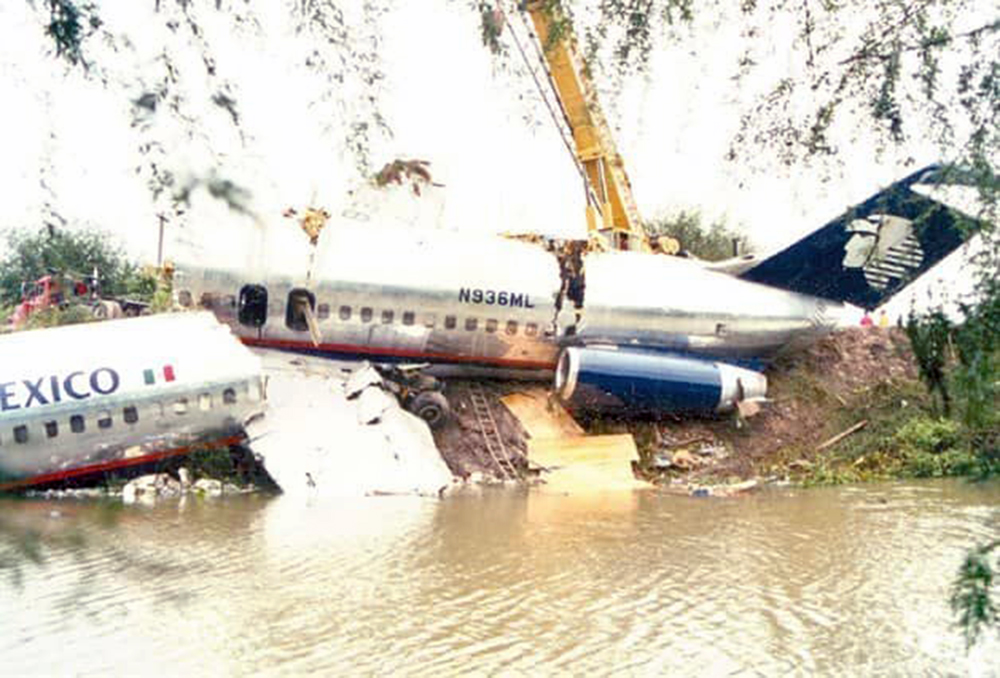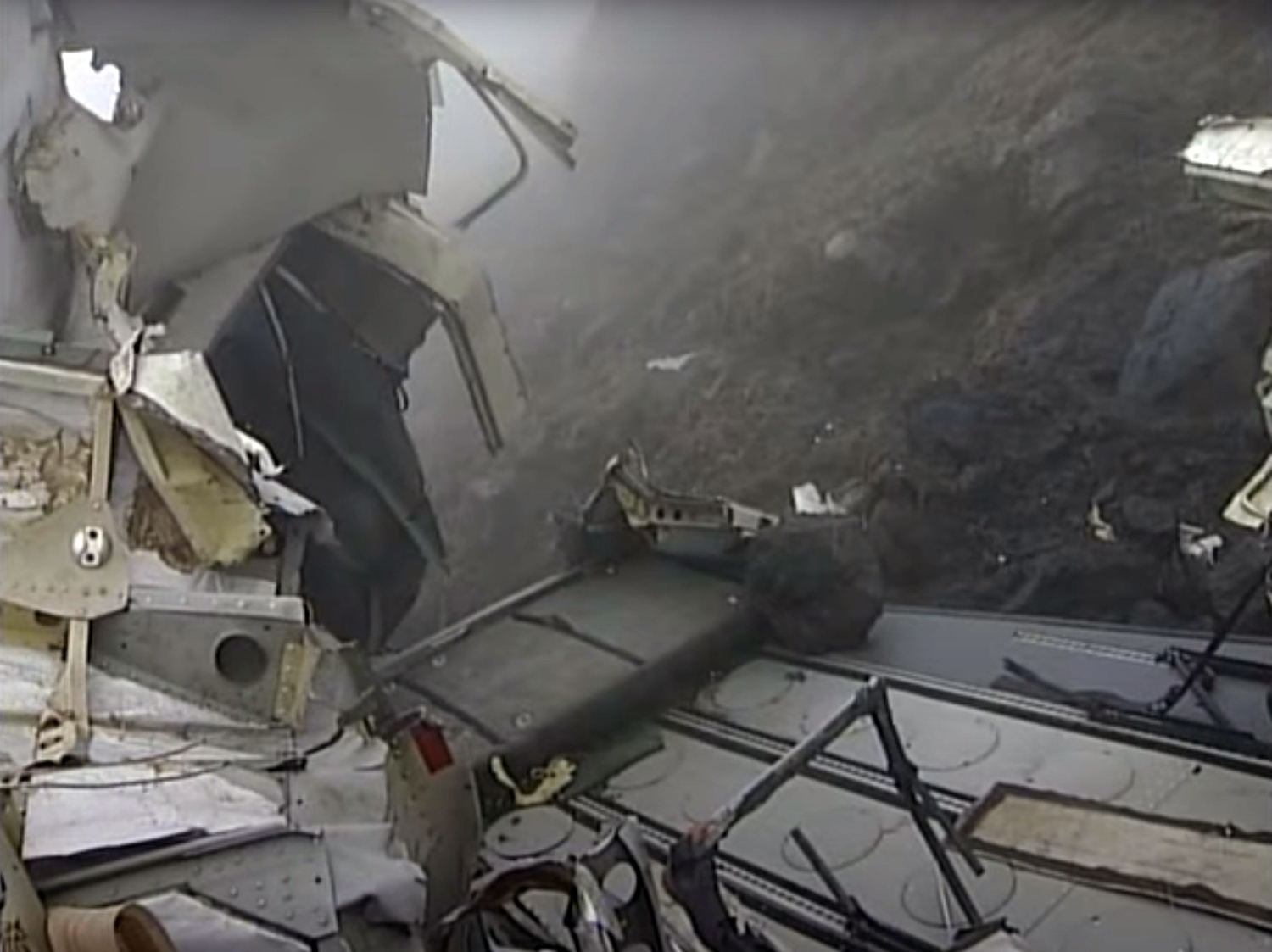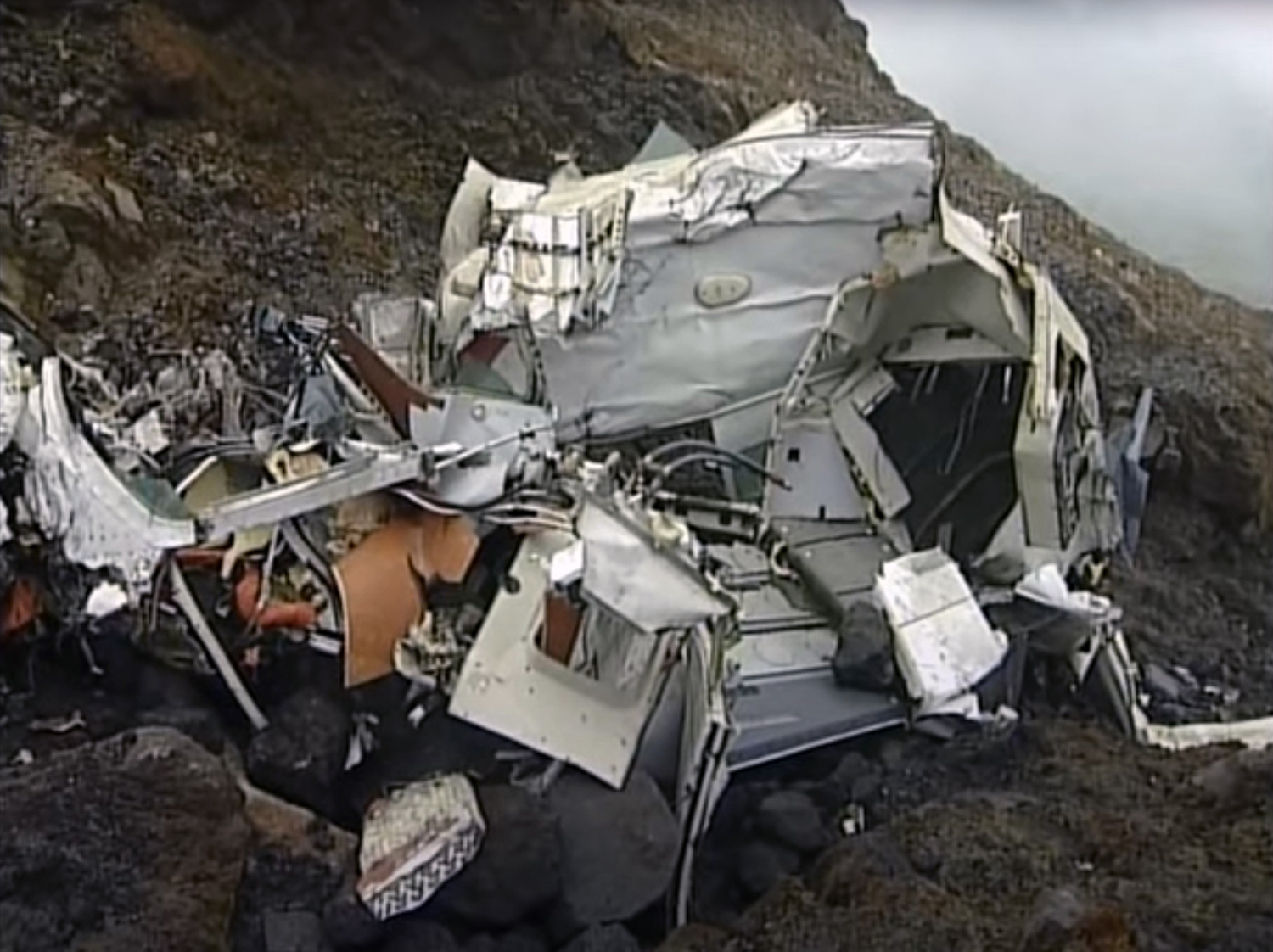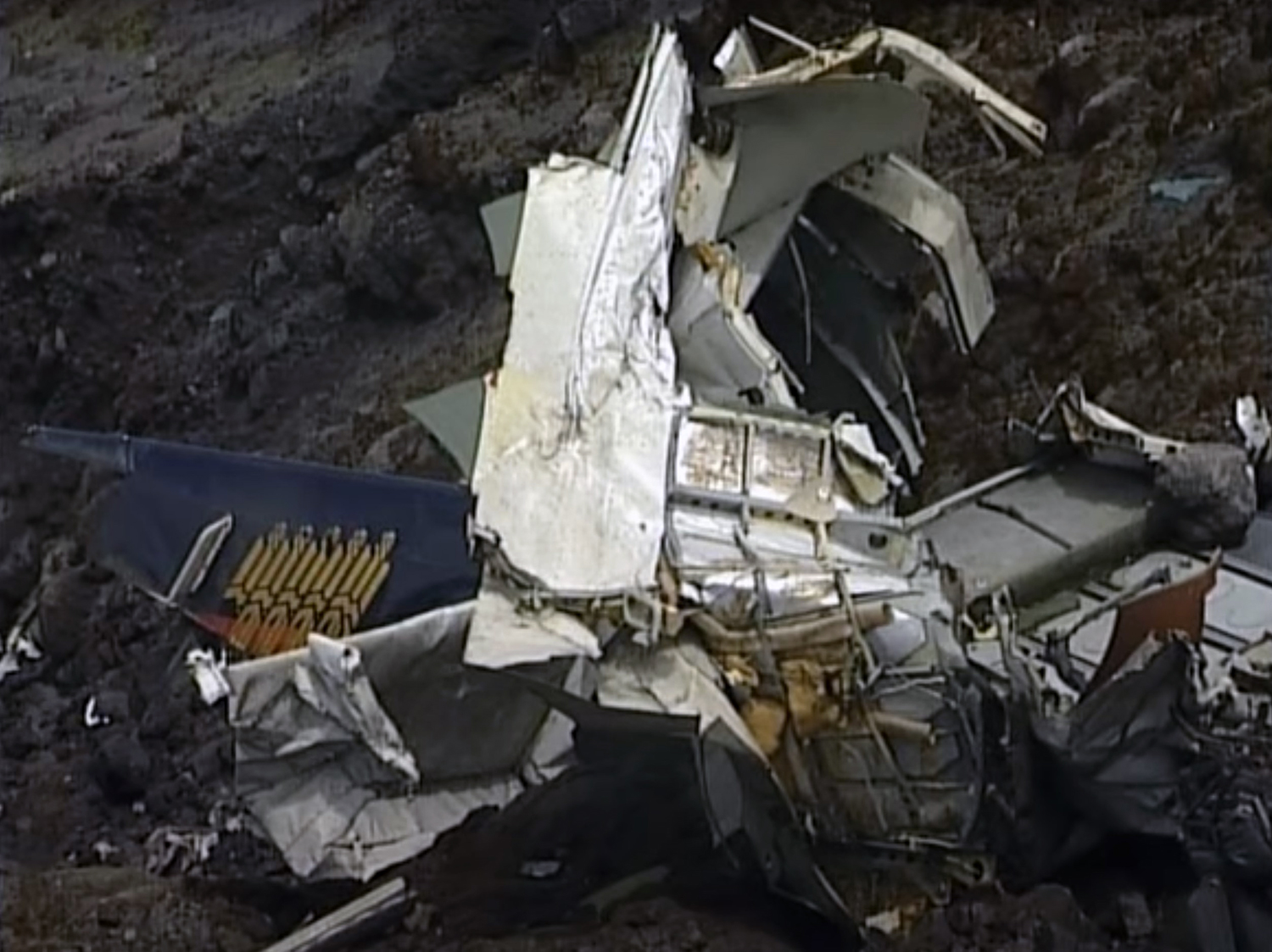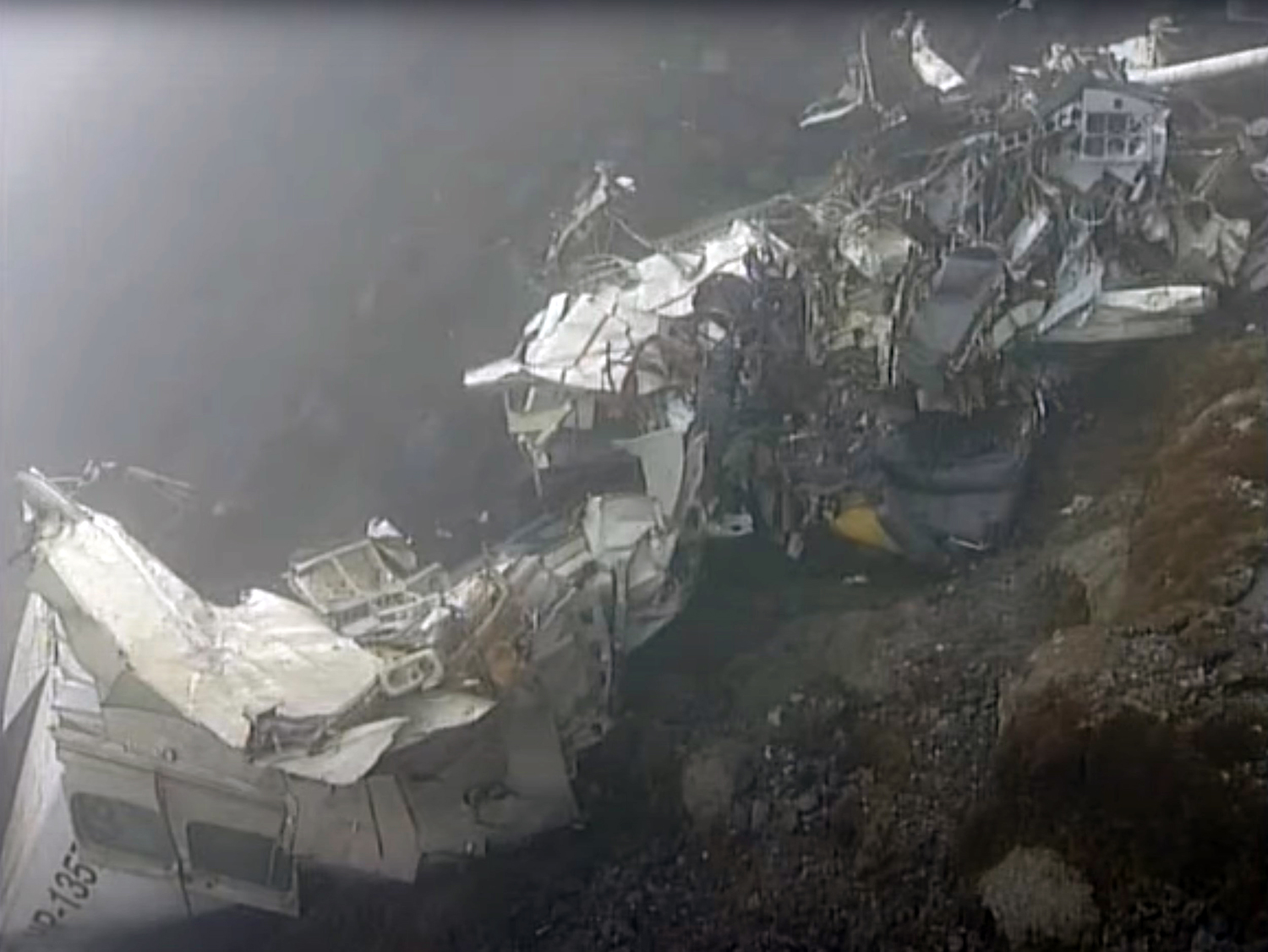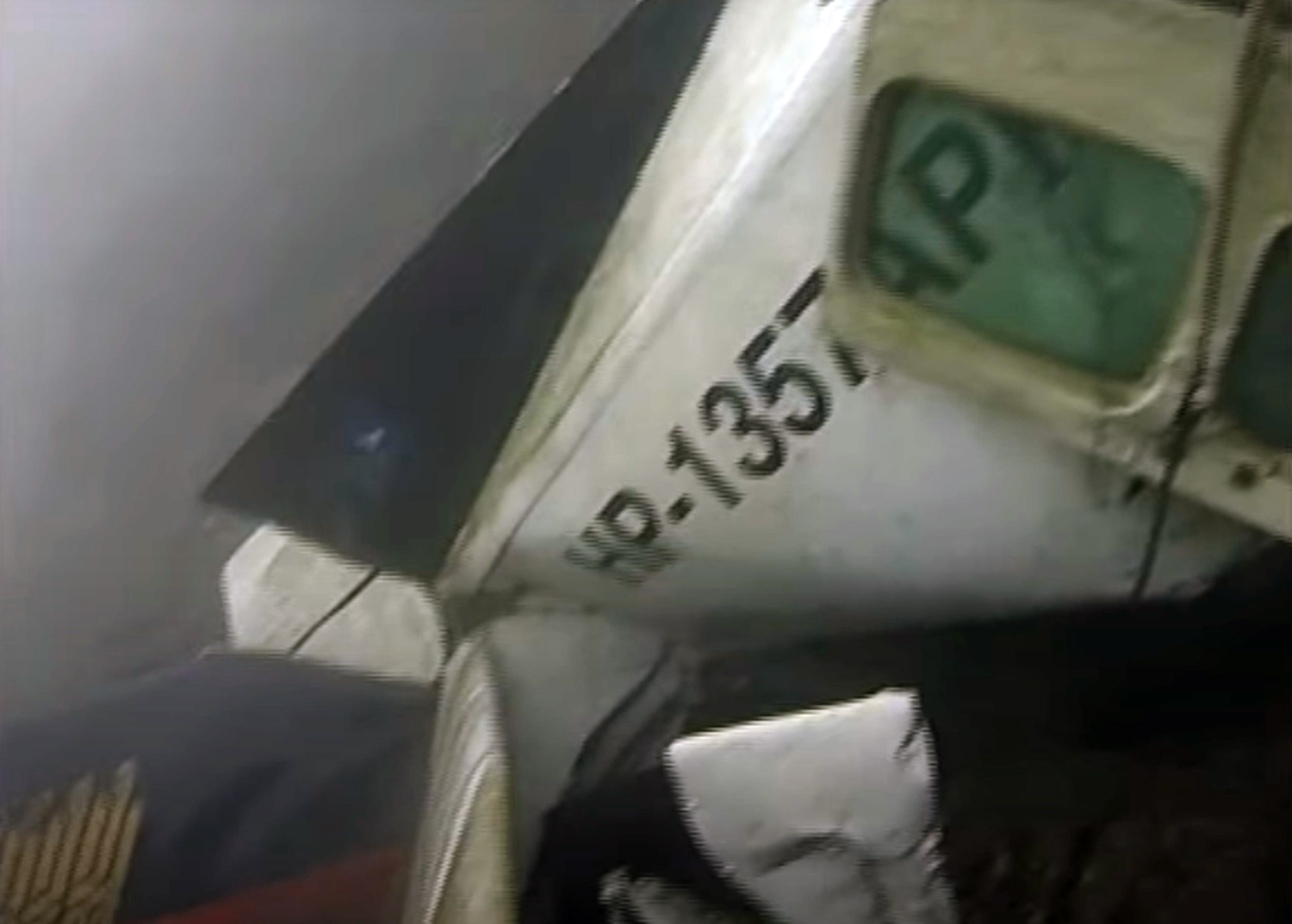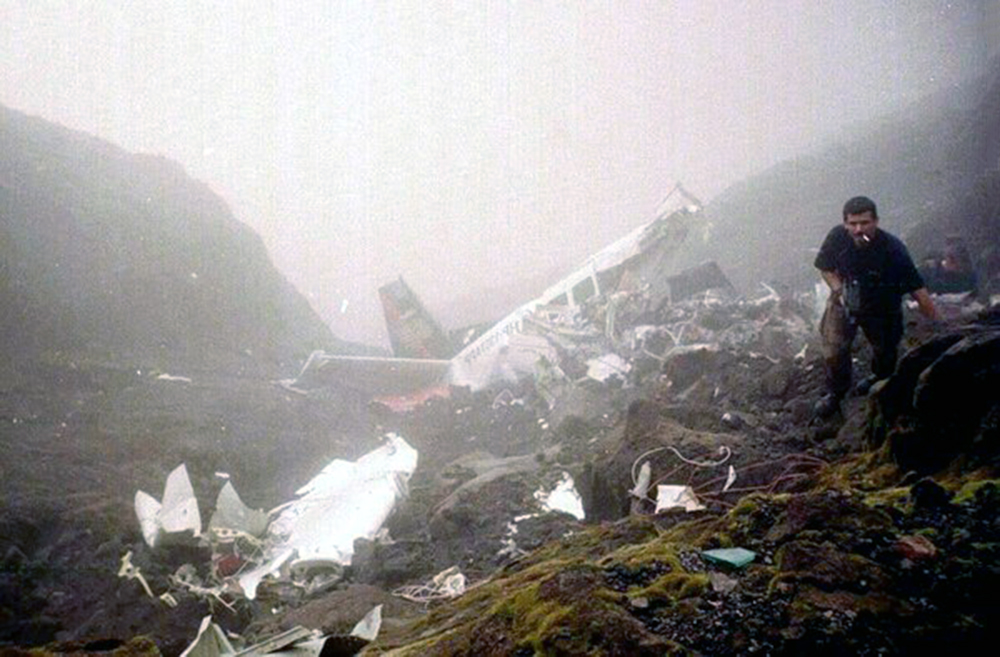Crash of a Douglas DC-3A-S1C3G off San Juan
Date & Time:
Apr 4, 2001 at 1220 LT
Registration:
N19BA
Survivors:
Yes
Schedule:
San Juan - San Juan
MSN:
4986
YOM:
1942
Crew on board:
2
Crew fatalities:
Pax on board:
0
Pax fatalities:
Other fatalities:
Total fatalities:
0
Captain / Total hours on type:
1200.00
Aircraft flight hours:
39832
Circumstances:
The flight crew stated that while making a missed approach after a practice instrument landing system approach, the right engine failed. The captain took control of the airplane from the copilot. The captain stated that while he performed the emergency procedures for engine failure, he noticed the left engine was not producing power. He then made a forced landing in water east of the airport. He stated that just before impact, he feathered the left propeller. The copilot stated he observed the captain activate the propeller feathering button for the left engine as he performed the emergency procedures for the right engine failure. The reason for failure of the right engine was not determined.
Probable cause:
The captain's activation of the left propeller feathering button after failure of the right engine for undetermined reasons resulting in loss of all engine power and the airplane making a forced landing in water.
Final Report:
